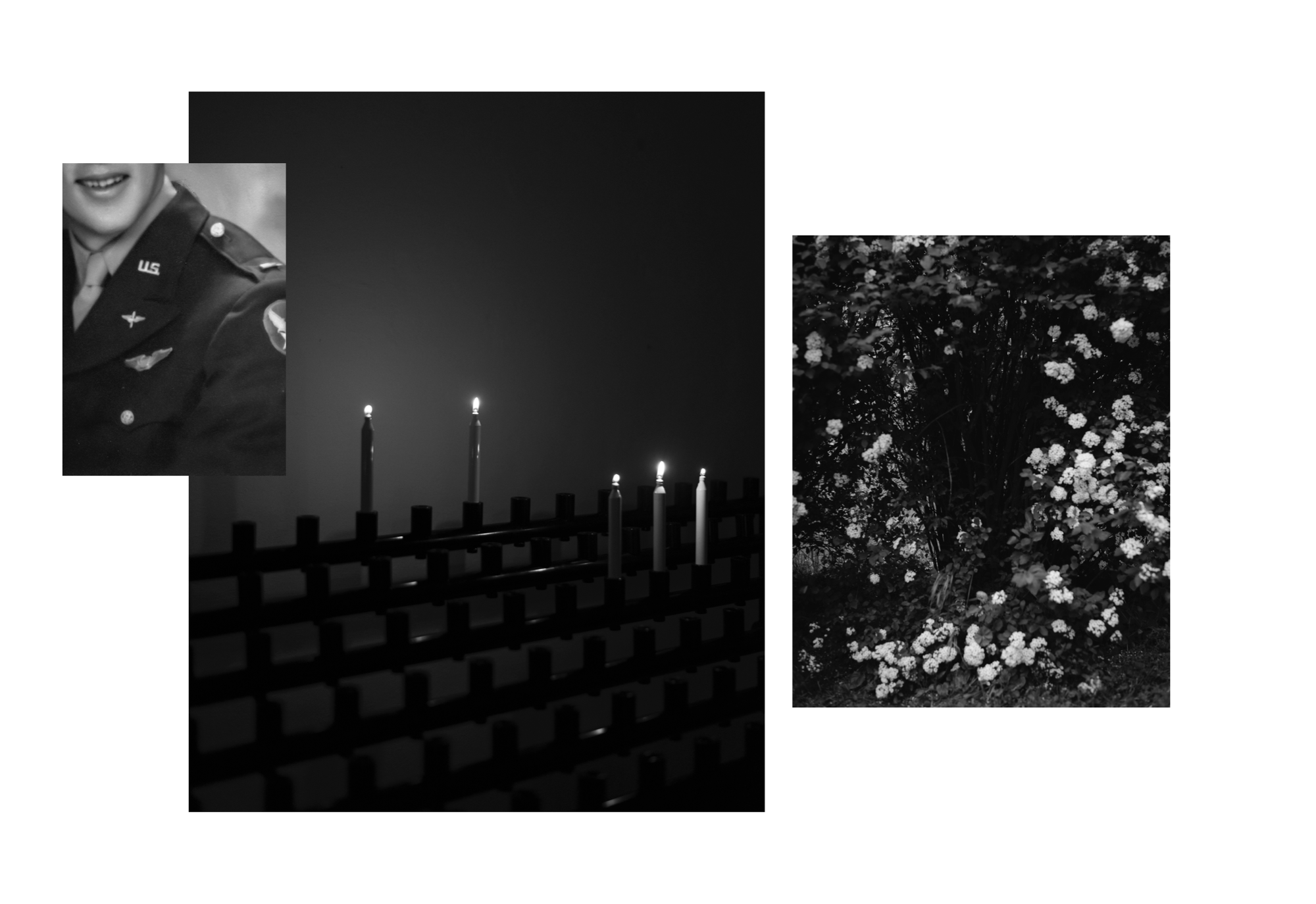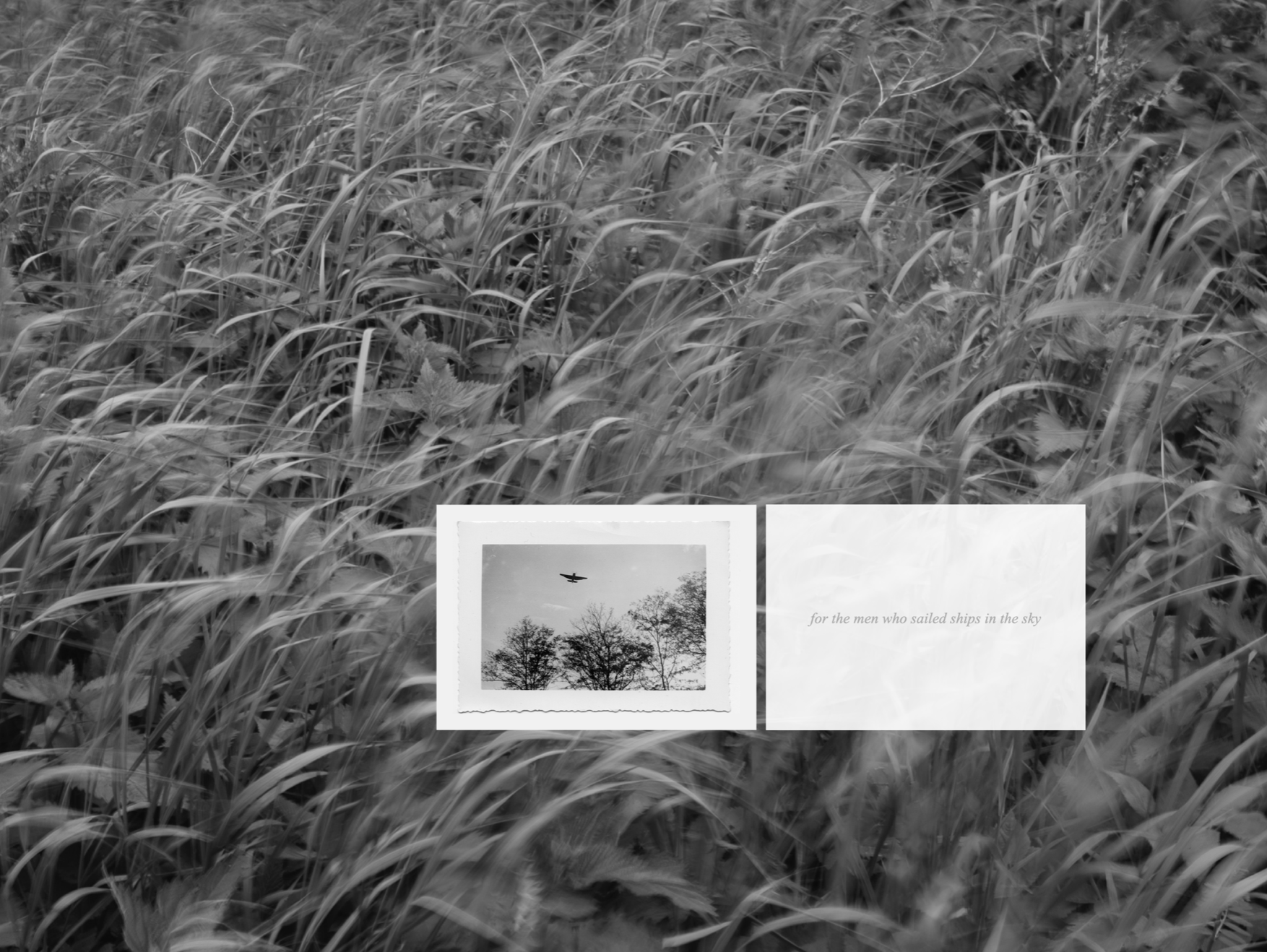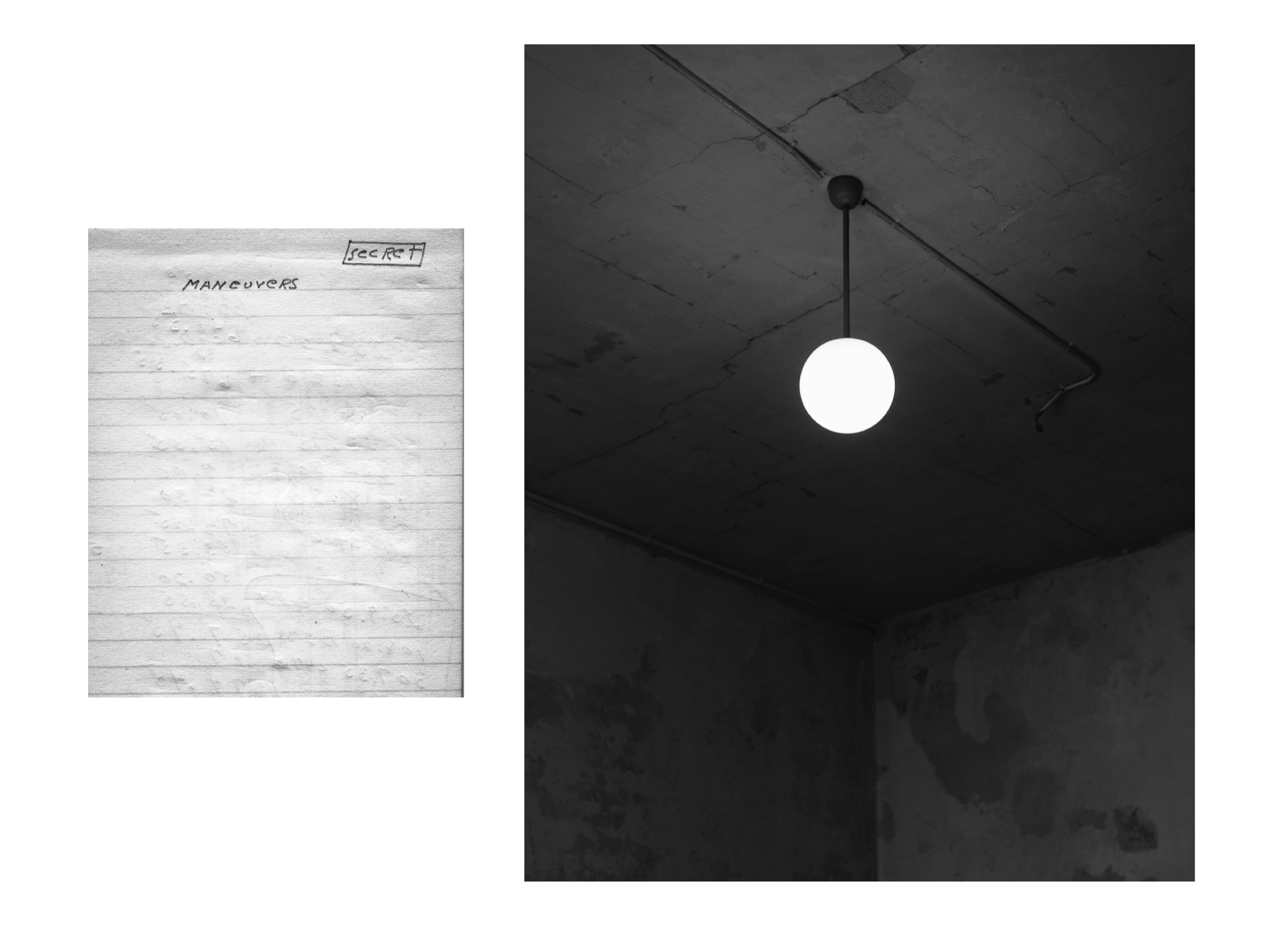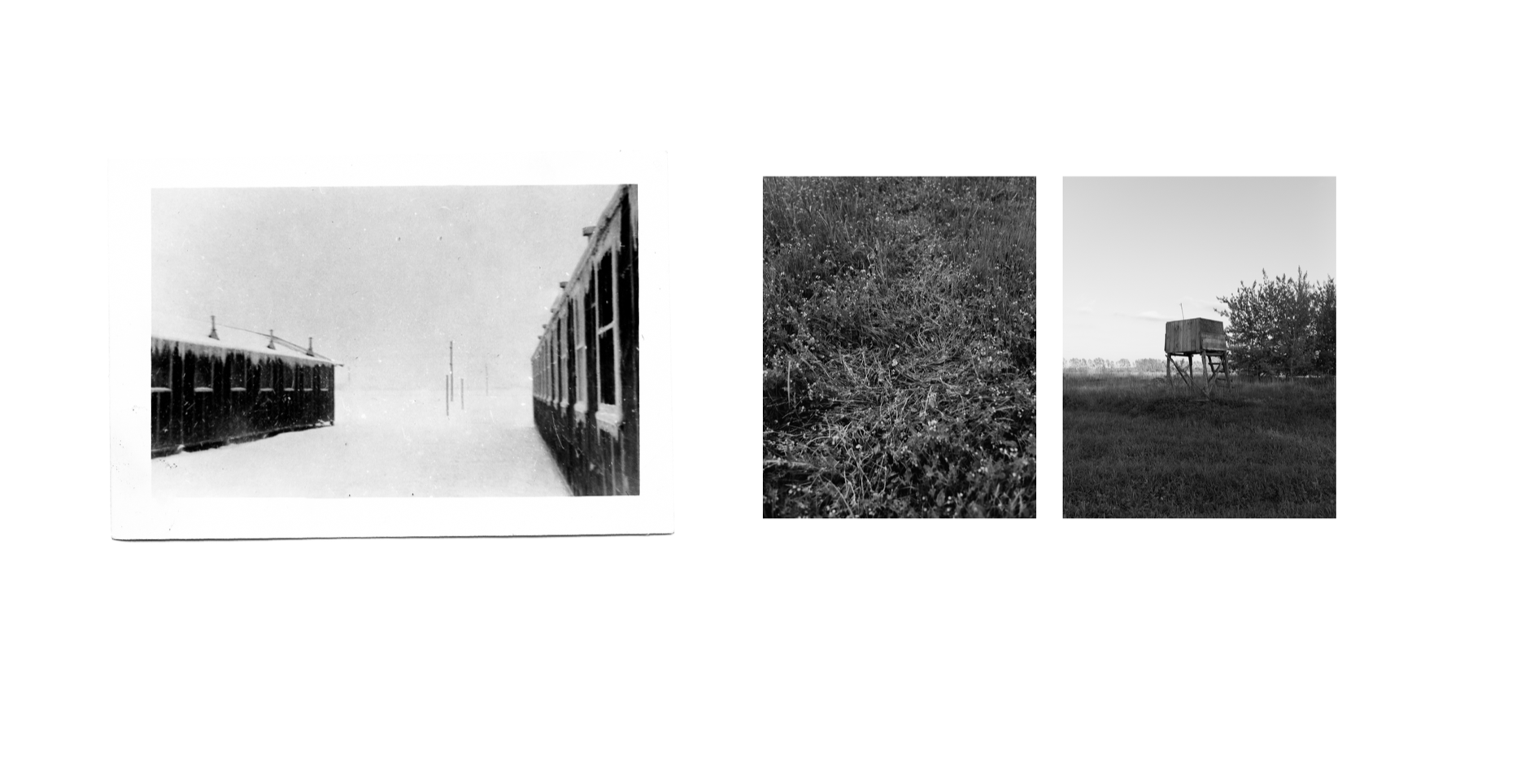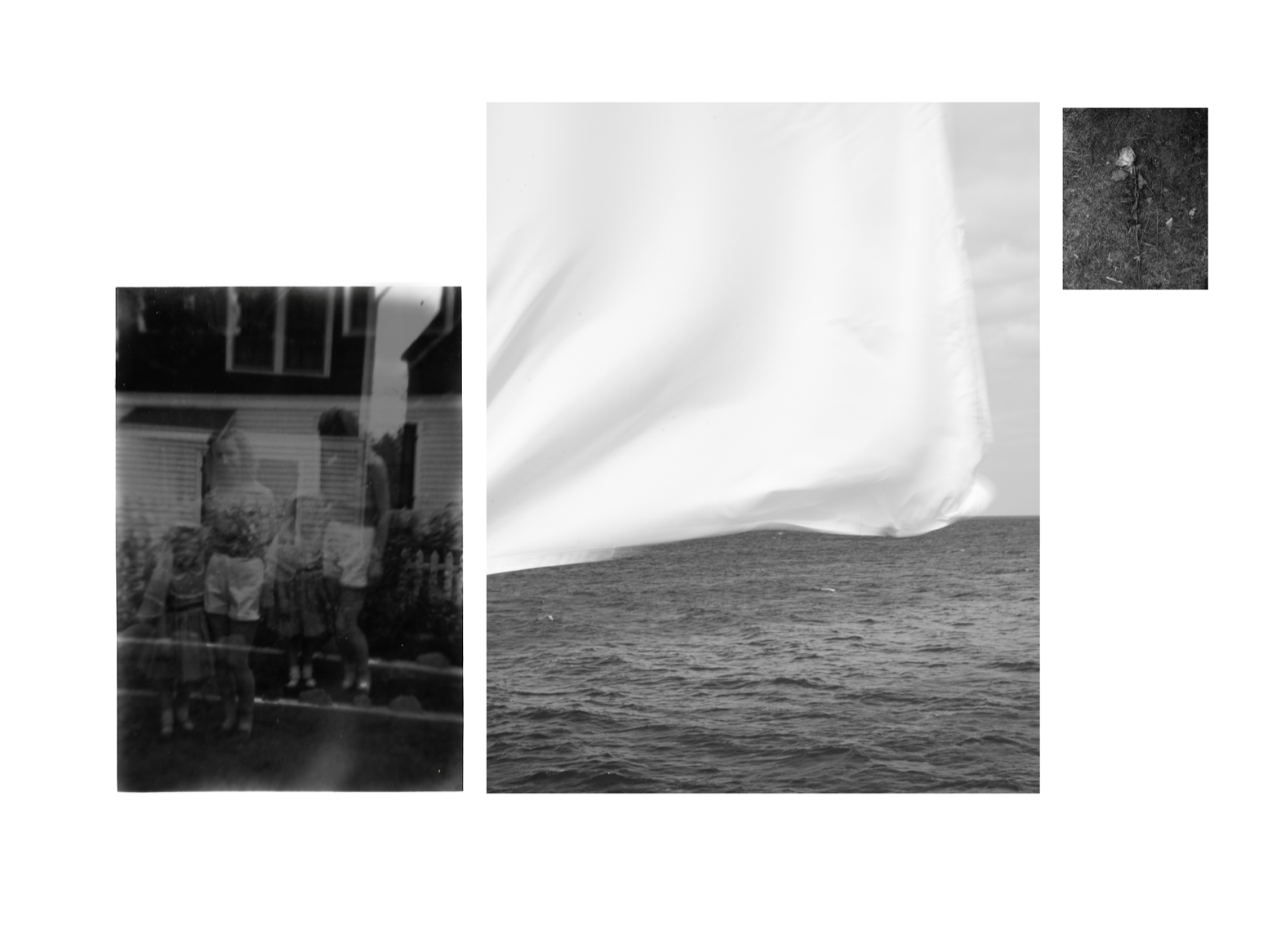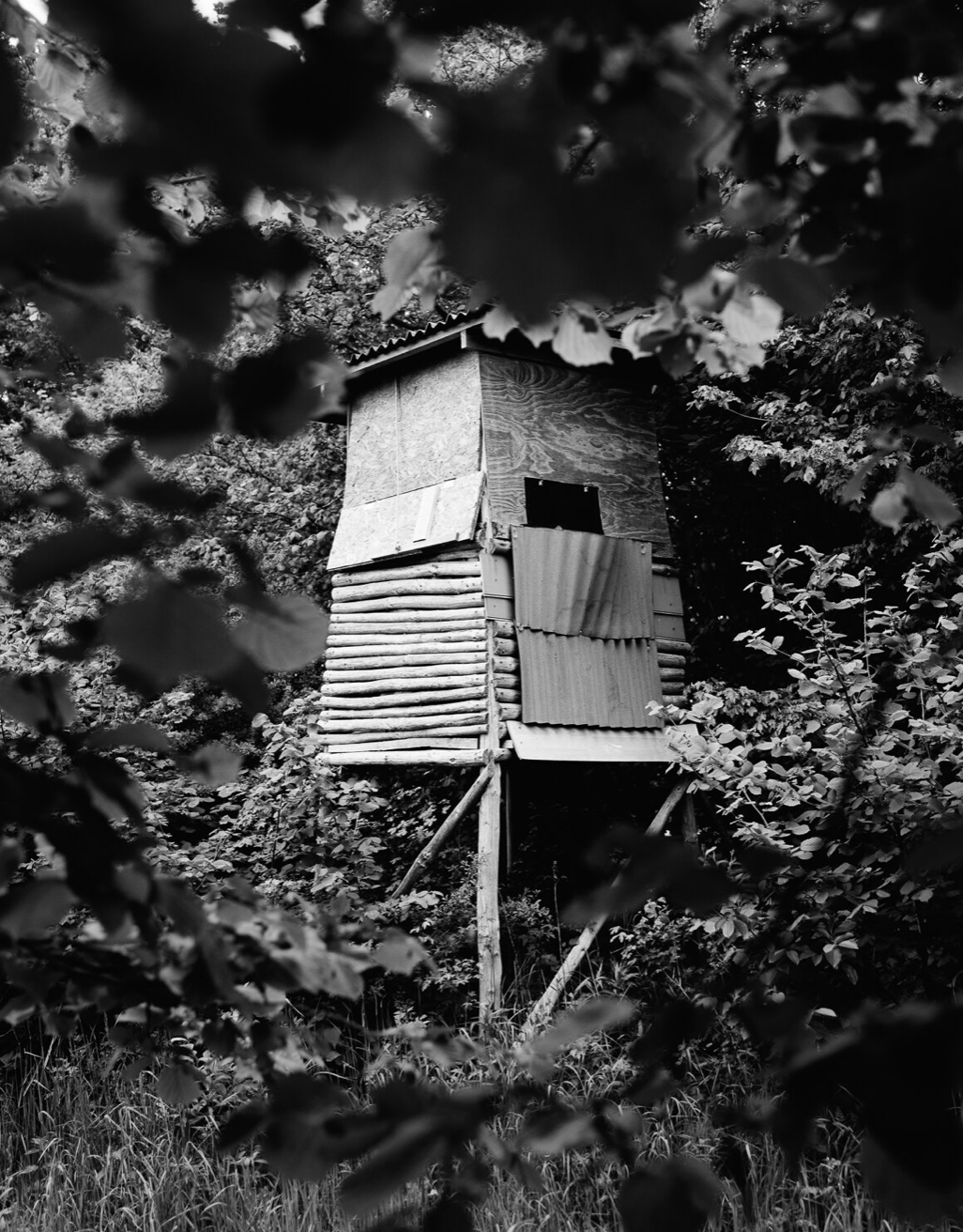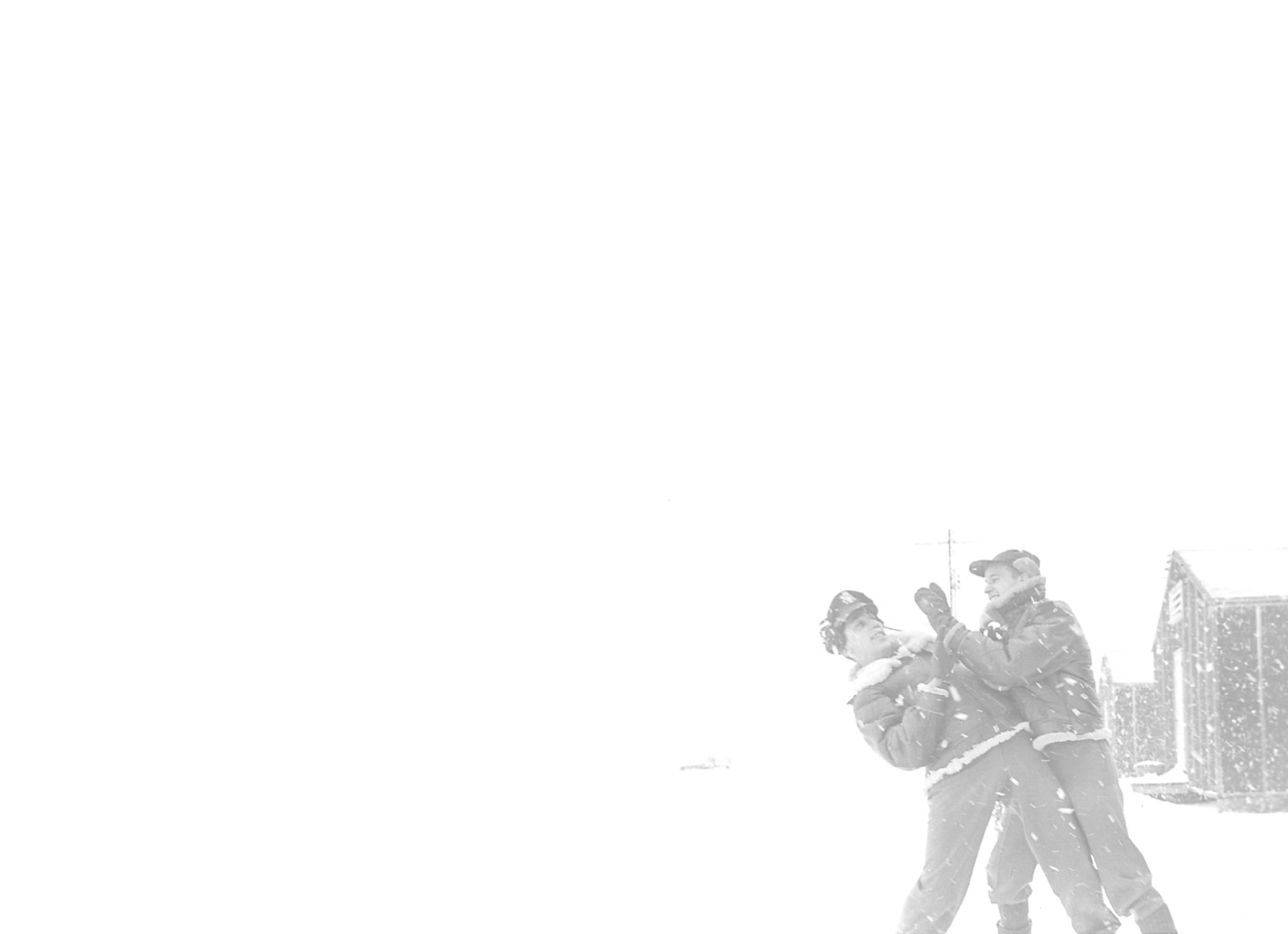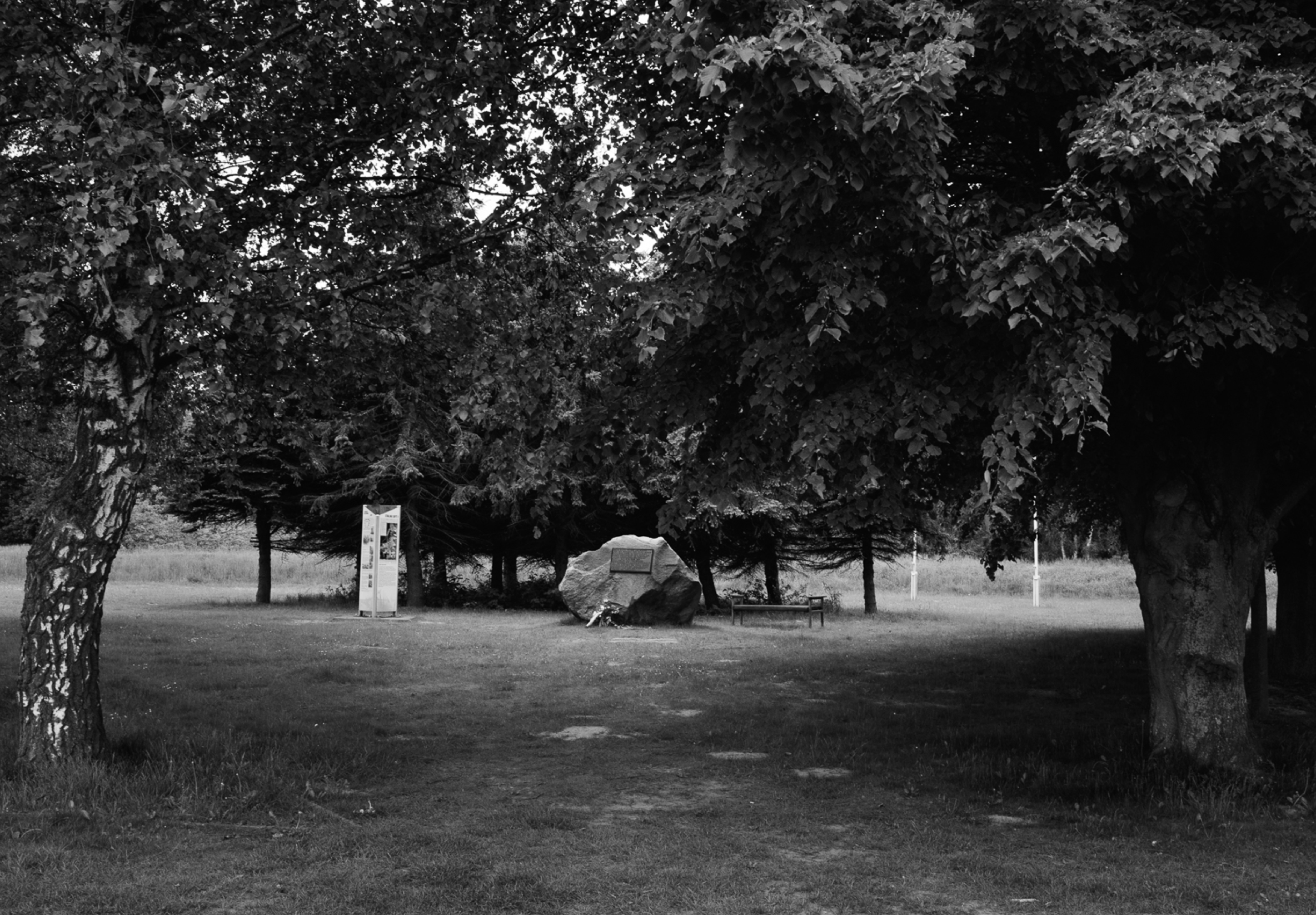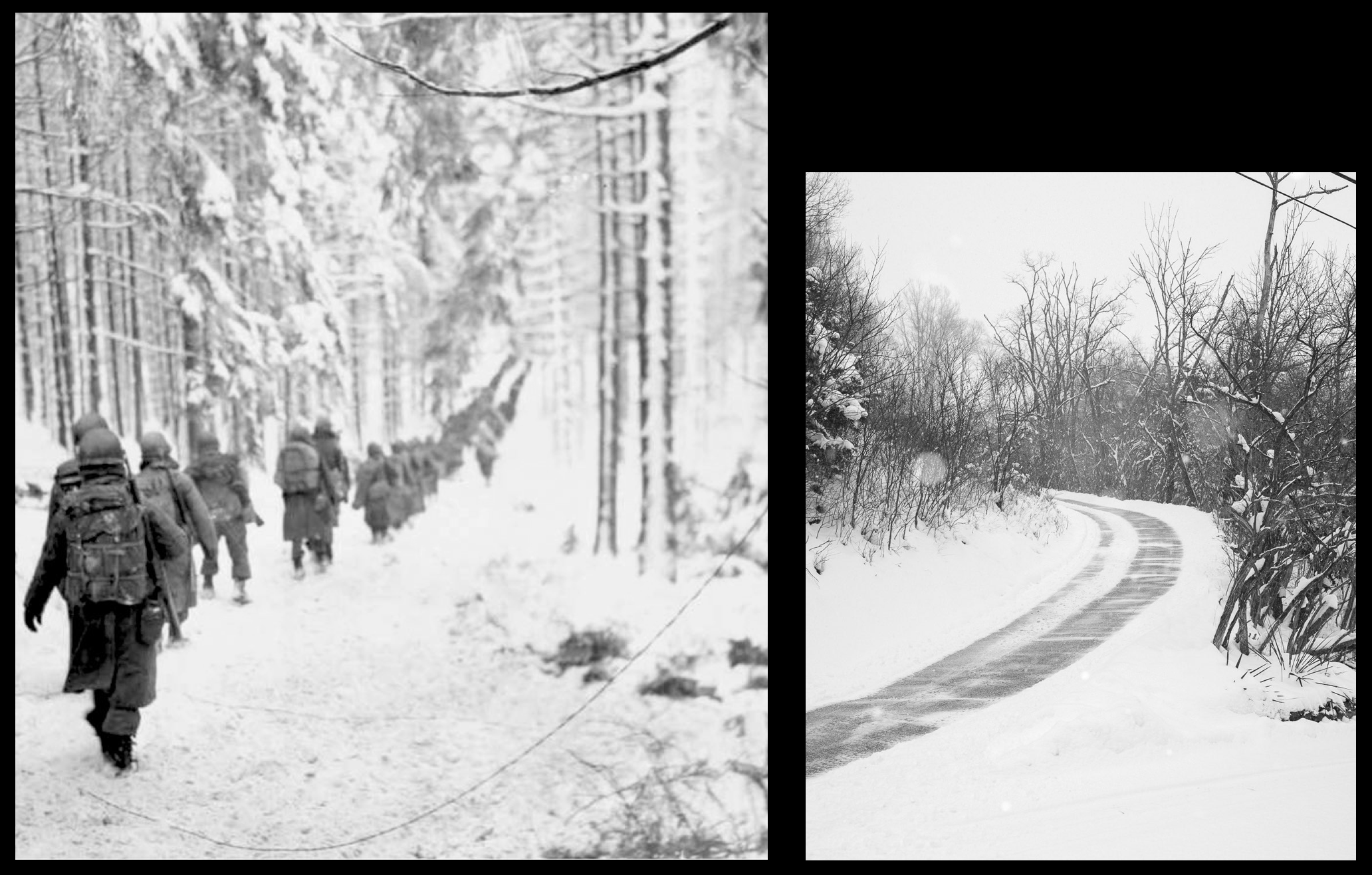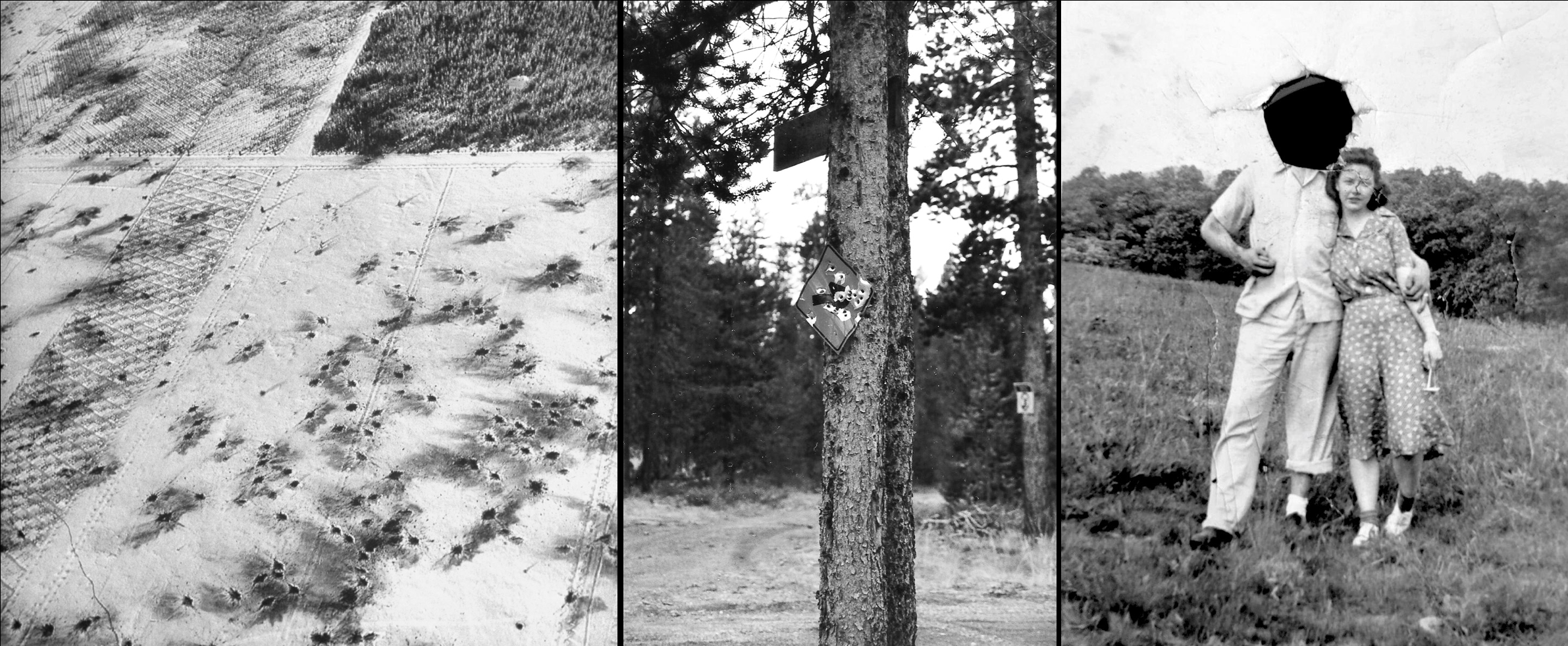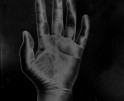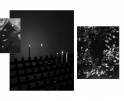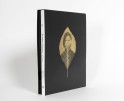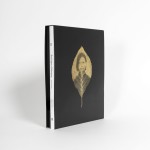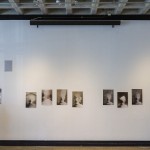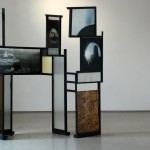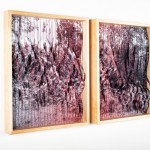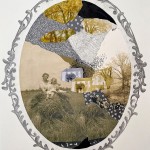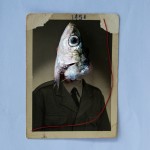Emily Wiethorn: Erma Jean
This week, we will be exploring projects inspired by place. Today, we’ll be looking at Emily Wiethorn’s series Erma Jean.
Emily Wiethorn has become one of my treasured photography friends I met through Instagram. I became aware of their work after being the opening graduate presenter at the 2019 Midwest Society of Photographic Education Conference for their partner and fellow photographer, John-David Richardson. Emily’s work creates conversations about family, history, and relationships. Working primarily in black and white, their images have an inherent beauty in the use of light and lack of color. Their recent series, Erma Jean, is an exploration of time. It is a response to their grandfather’s experiences in Germany during World War II, where the physical investigation of the location was essential to the process. They ask questions about place, history, and familial memory.
Emily Wiethorn is an artist and educator based in Cincinnati, OH. They received their MFA in Studio Art from the University of Nebraska-Lincoln and their BFA in Photography from Northern Kentucky University. Emily has attended the New York Times Portfolio Review, given multiple Image-maker Presentations at the Society for Photographic Education Conferences, had their work published by Vogue Italia, and was shortlisted for the 2023 Belfast Photo Festival. Their work has been exhibited in group and solo exhibitions nationally and internationally, as well as featured online by PDNedu, Lenscratch, Musee Magazine, Fraction Magazine, and more. Much of their work is rooted in familial experiences and how those relationships reflect our identities. Currently, Emily is the Assistant Professor of Photography at Mount St. Joseph’s University in Cincinnati, OH.
Follow Emily on Instagram: @emily.wiethorn
Erma Jean
This body of work is dedicated to the combat airmen in the European Theatre of Operations imprisoned in Stalag Loft I, Barth, Germany, as prisoners of war.
One of those pilots was Raymond G. Wiethorn, my Grandfather. The Nazi soldiers captured and imprisoned him beginning on December 23, 1944, when his C47 was shot down by enemy fire during the Battle of the Bulge. He was taken hostage, tortured, and interrogated before being sent on a death march across Germany. Many of his fellow POWs succumbed to illness or death at the hands of their captors.
My grandfather was just 23 years old.
In the spring of 2019, I traveled to Barth, Germany, to understand what happened to him and what it meant to be held captive during wartime.
Acres of sacred and haunted land sprawled out before me. How can a landscape hold the two of us all at once and not at all? Using his archive of images taken during his time in the service and as a prisoner, I am getting to know a man I never truly met. This work is a conversation between two generations, alive and gone. This is for the man who sailed ships in the sky.
Erma Jean was the name of my grandfather’s lost C47 supply plane.
Epiphany Knedler: How did your project come about?
Emily Wiethorn: My dad is obsessed with history. We always had the History Channel on in my house growing up, so I became fascinated with historical references. I draw a lot from my personal, familial history, and I grew up knowing the story of my grandfather in WWII. He was a transport pilot who dropped supplies and paratroopers on the battlefield. His plane was the first plane shot down during the legendary Battle of the Bulge in 1944. My cousins and I grew up hearing his story over and over again. I started thinking about captivity and trauma and what our family history leaves behind for us.
EK: What relationship does place or location play within your practice?
EW: Over time, the physical location became very important in this work. Initially, I tried to make images that I felt could convey the traumatic experience my grandfather went through. But it never felt quite right. I had an amazing opportunity to travel to Germany in the summer of 2019 and was able to go to Barth, the small town where his prison camp was located. I was overwhelmed with emotion standing on the same landscape where so much trauma happened to so many people and so directly affected my family. The images I made there transformed the work and gave it a sense of grounding.
EK: How does the archive influence this series?
EW: After returning home from Germany, I began going through the thousands of images I made and began forming the series. But again, something just didn’t feel right or complete. My grandfather was an avid photographer throughout his lifetime. He was never too far from his Polaroid camera. He made thousands of images of our family, vacations, and daily life. After my grandmother passed in 2012, I inherited boxes full of loose images of all kinds. Some of these images were from his time in the war and even during his imprisonment. It struck me that this was the piece that was missing. His voice. His eyes. His viewpoint. So even though I didn’t know him, I could understand what he saw and use his images to give some perspective and life to the series.
I also began sourcing images from WWII. Up to that point, it was the most photographed/videoed war in history. This archive became incredibly important to fill in some of the blanks that neither my grandfather nor myself could fill with our images.
EK: What’s next for you?
EW: My hope for this project is to travel back to Germany with members of my family to trace the death march my grandfather was forced to walk from, where he was shot down in Luxembourg all the way to Barth in the northeast corner of Germany.
Epiphany Knedler is an imagemaker sharing stories of American life. Using Midwestern aesthetics, she creates images and installations exploring histories. She is based in Aberdeen, South Dakota serving as a Lecturer of Art and freelance writer. Her work has been exhibited with Lenscratch, Dek Unu Arts, F-Stop Magazine, and Photolucida Critical Mass. She is the co-founder of MidwestNice Art.
Follow Epiphany Knedler on Instagram: @epiphanysk
Posts on Lenscratch may not be reproduced without the permission of the Lenscratch staff and the photographer.
Recommended
-
Amor y Pérdida en el Cosmos: En Conversación con Valeria SestuaMarch 19th, 2024
-
Mexican Week: Cannon BernáldezFebruary 6th, 2024
-
Emily Wiethorn: Erma JeanOctober 1st, 2023
-
Binh Danh: The Enigma of BelongingJuly 3rd, 2023
-
Dawn Surratt: The Rock In The StormJune 19th, 2023

